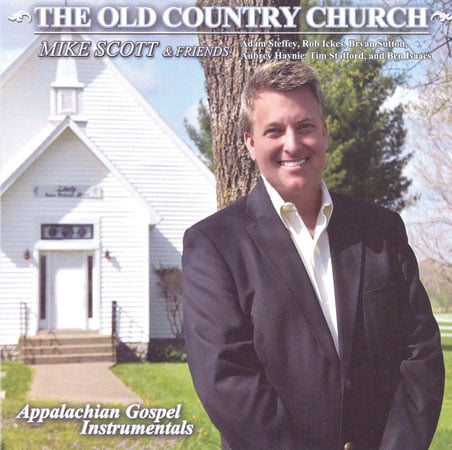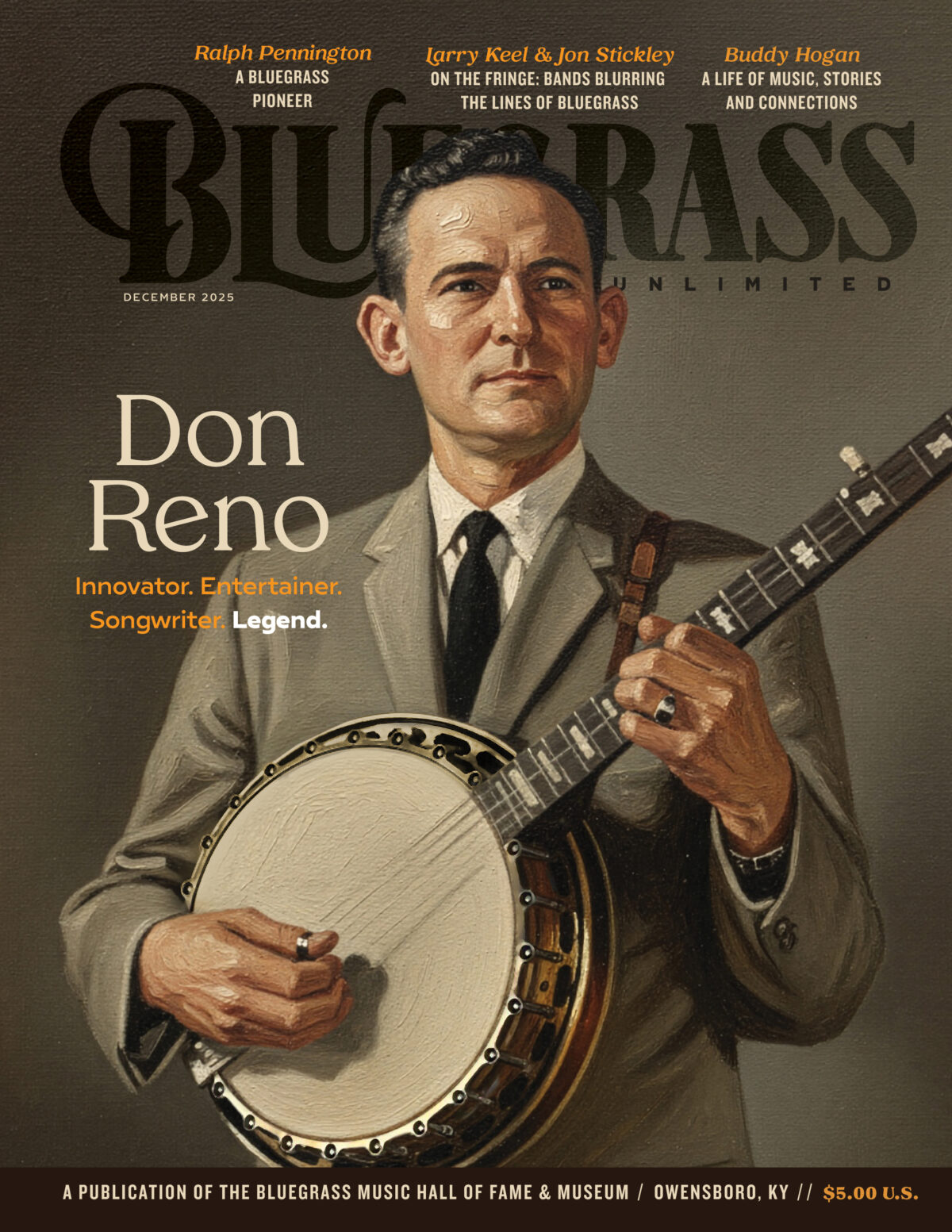MIKE SCOTT AND FRIENDS, THE OLD COUNTRY CHURCH
 MIKE SCOTT AND FRIENDS
MIKE SCOTT AND FRIENDS
THE OLD COUNTRY CHURCH
Rural Rhythm
RCH-2022
The last time out, banjoist Mike Scott and his friends—Bryan Sutton, Adam Steffey, Aubrey Haynie, Rob Ickes, Tim Stafford, and bassist Ben Isaacs—presented instrumentals from the Civil War era. With this recording, Scott and the same cast apply a similar approach to 13 classic gospel standards, including “Will The Circle Be Unbroken,” “Pass Me Not,” “Where The Roses Never Fade,” “I Saw The Light,” “When The Saints Go Marching In,” and “Victory In Jesus.” A brief introduction from one of the instruments opens each song, followed by a string of solos, one from each player. The banjo always goes first and always closes the song. In between, the order of solos varies.
This recording works best if listened to in small amounts or as background or as driving music. Of the musicianship by all involved there can be no doubt. So, too, the quality and deep-felt importance of the songs selected. These songs mean a great deal to people, and the musicians pay them the greatest respect. But they are songs, and songs succeed best when sung. To play them as instrumentals is difficult and creates a conundrum. To make the song work best as an instrumental, the soloist must stay close to the melody. However, when he does so, a string of solos (in this case six and sometimes seven on each song) can become repetitive, and 13 such songs can become somewhat overwhelming, particularly if half of them clock in at over four minutes. By contrast, if the player takes his solo too far away from the melody, he loses the impact of the song to gain some interest.
Here the musicians predominantly have chosen the first option, and while they come about as close as is possible to besting the conundrum, the format ultimately demands a bit more. These are great, time-tested songs, played very well, but without words, the effect is weakened. (Rural Rhythm Christian, P.O. Box 750, Mt. Juliet, TN 37121, www.ruralrhythm.com.)BW
